Widely known for her avant-garde performance work of the 1960s, the exhibition Niki de Saint Phalle: Structures for Life now on view at MOMA PS1 expands the conversation around Niki de Saint Phalle’s work through highlighting her large scale architectural projects and immersive environments while carefully considering her process.
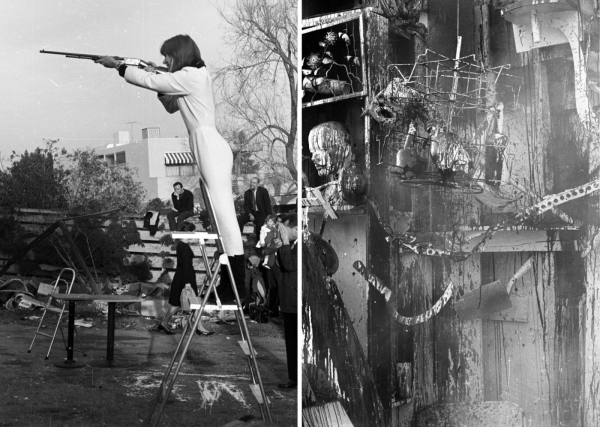
Saint Phalle performance. Photos: Seymour Rosen, Los Angeles, 1962
Phalle’s work – kaleidescopic, playful, and overtly feminist – first appears in the courtyard near the entrance of the museum. A large Nana sculpture is caught mid-dance atop a black and white bird with wings spread wide in the center of a still pool, water jetting from the dancer's multicolored breasts. This piece hints at the joy, pleasure, and freedom that permeates the entirety of the show.
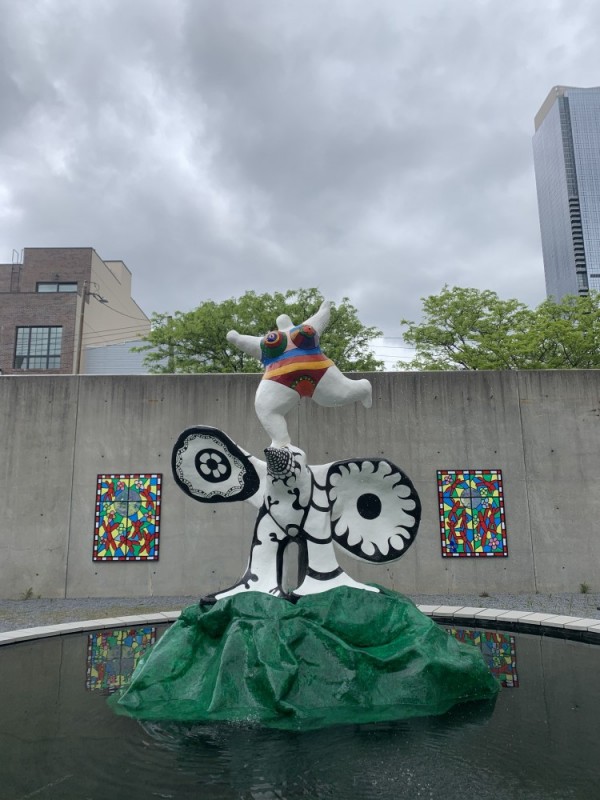
The bulk of the exhibition takes place inside a former public school in Queens. Given Phalle’s deep commitment to creating objects and spaces to creatively activate children, the setting is poignantly appropriate. The exhibition team has taken great care to consider the expansiveness of Phalle’s practice and introduces visitors to her work by noting, “From the outset of her career in the 1950s, Niki de Saint Phalle… defied artistic conventions, creating works that were overtly feminist, performative, collaborative, and monumental… Ambitious in scale and scope, Saint Phalle’s architectural projects were often made over the course of years with teams of collaborators. This exhibition emphasizes the conceptual, material, and strategic processes behind the realization of these works.”
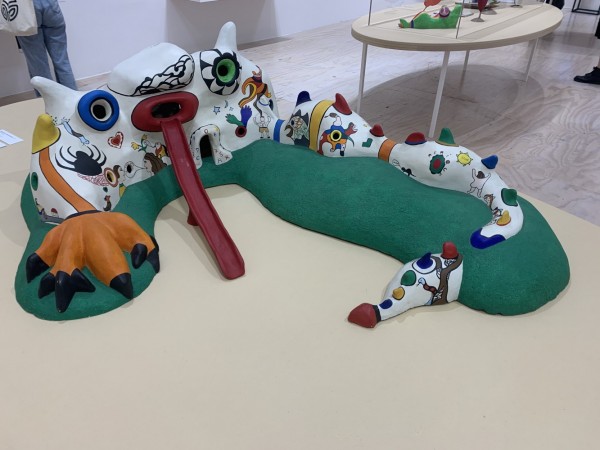
Stepping inside the first gallery, I found a delightfully energetic scene buzzing with visitors. Models for a selection of Phalle’s large-scale architectural projects, including playgrounds, homes, and her most important project – The Tarot Garden – are displayed on tables throughout the interior of the room. Documentation illustrating her process like sketches, photos, handwritten notes, and monitors showing artisans working on site line the walls. Rather than the hushed, hallowed halls typical to art institutions, visitors appeared at ease as they browsed the galleries.
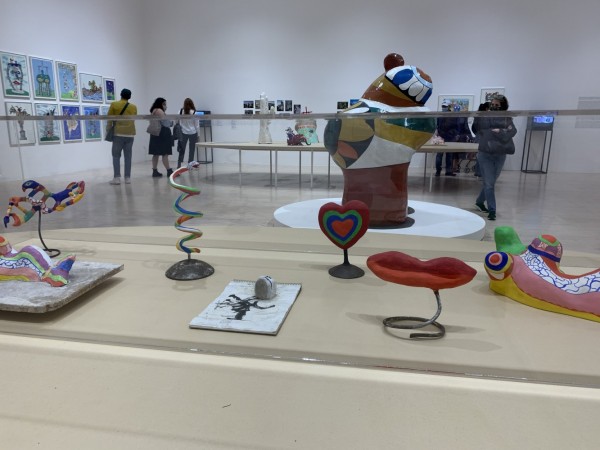
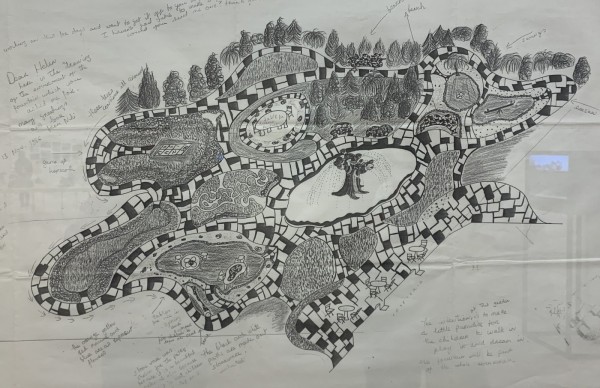
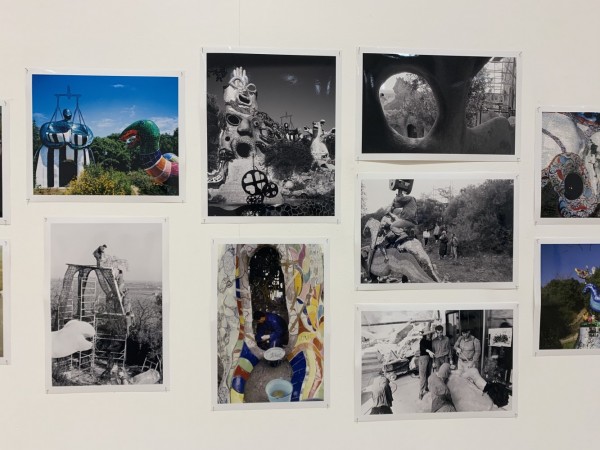
Given that Saint Phalle’s monumental Tarot Garden is obviously best experienced by immersion in the environment in the Tuscan landscape, the curators did not attempt to recreate an encounter with the site but rather, give viewers a peek into the process of its creation while situating this enormous project into Saint Phalle’s overall body of work. The exhibition presents strong connective threads throughout her many creative projects, including happenings, books, kinetic sculpture, installations, architecture, film, collage, and more, illustrating the theme, “... innovation is key to Saint Phalle’s work: from beginning to end, she envisioned new structures for life and ways of inhabiting the world.”
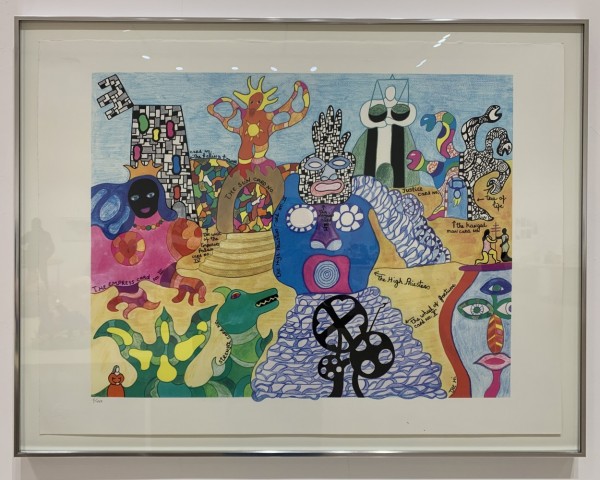
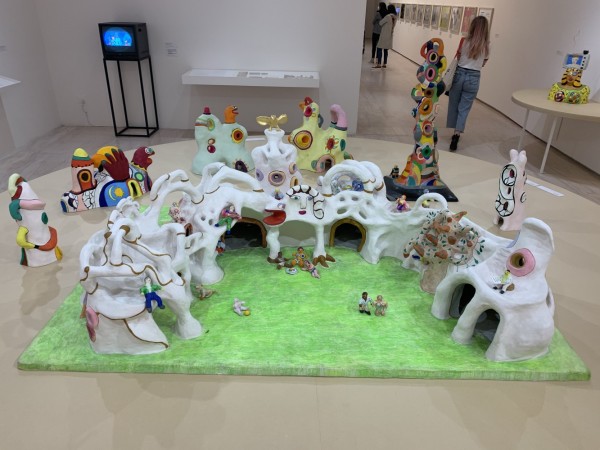
Special attention is paid to Saint Phalle’s impressive ambition and independence. In order to help fund the creation of her monumental Tarot Garden, she created commercially available goods, including jewelry, clothing, home goods, and a perfume; sales from the perfume alone paid for a third of the Garden.
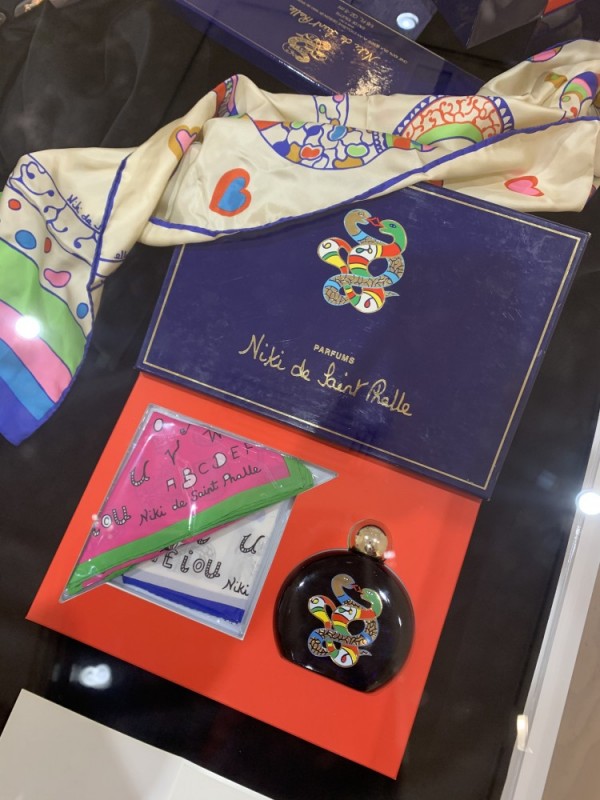
This exhibition works hard to reveal that Saint Phalle worked hard. The curtain is pulled back to reveal all manner of creative labor that resulted in objects and environments meant to be directly available for full physical engagement – from walking through the vaginal doorway of Hon, to sliding down Golem's tongue, to the incredible sensory delight of walking amongst the towering tarot arcana of the Tarot Garden. The achievement of Niki de Saint Phalle: Structures for Life isn’t that it leaves viewers feeling like they get Saint Phalle, but rather that the getting can only be done by going.
Used with permission of the photographer, Sonia Melani Miller
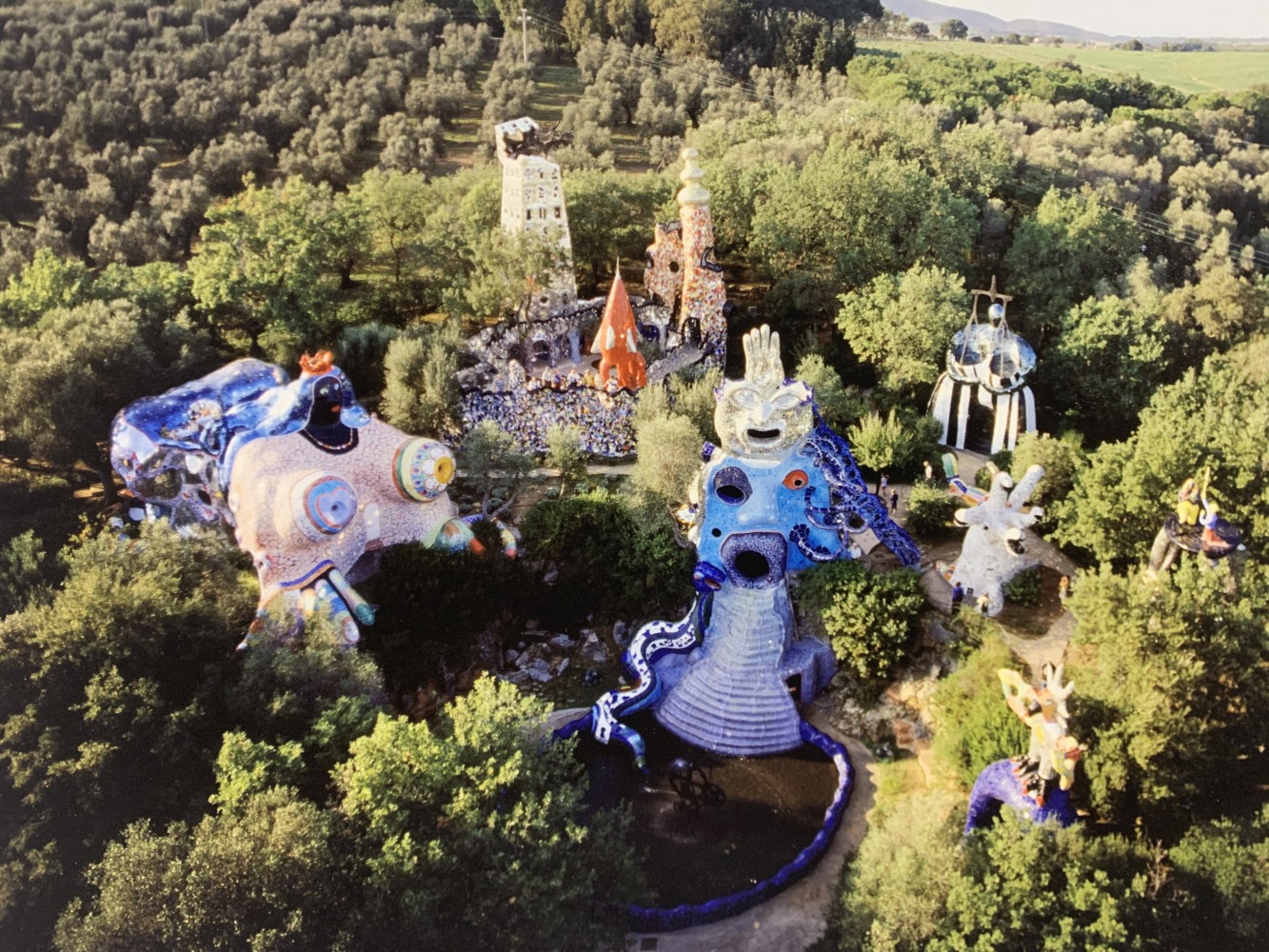
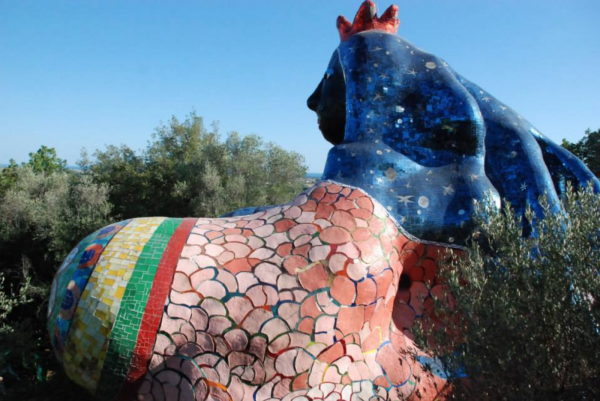

Post your comment
Comments
No one has commented on this page yet.